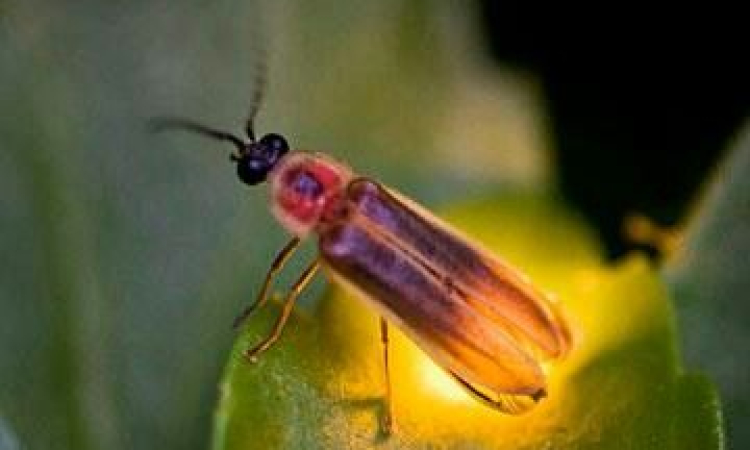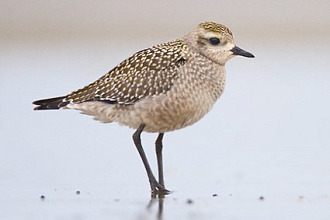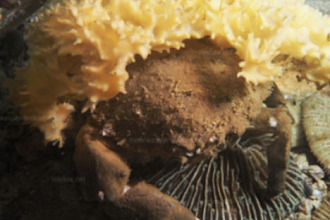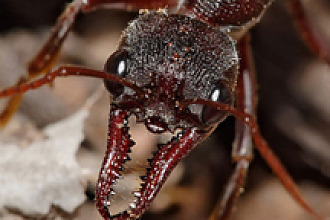The not-by-accident design of the flashing mechanism of the lightning bug is far superior to that of our incandescent light bulbs that are about 10% energy efficient but use up to 90% of their energy generating heat to produce that light.
The lightning bug, on the other hand, has over 90% light efficiency, but uses less than 10% in heat! In the abdominal cells of these little beetles (that are the size of a small paper clip) through a reaction of the substance Luciferin combining with ATP and oxygen, the enzyme Luciferase changes the Luciferin chemically and a flash of light is produced under their tiny abdomens! (Whenever an electron drops an energy level—a quantum leap—in a molecule, it gives off a photon of light.)
Scientists are not clear whether oxygen supply or nerve cells in this little firefly control the on/off switch of the photic organs so that an exact signal pattern can be given by the adult male to find its mate. Having the precise number and sequence of flashes different for each of these (more than) 2,000 species is a not-by¬accident part of their Creator's plan, since He masterminded the little creature's night-time displays. (Incidentally, when groups of the same species are together, some are known not only to light up their world with their "bioluminescence," but they also display their signals in perfect sync! Their Designer, who has all the answers, will tell us one day whether they enjoy doing simultaneous signal flashes!
Among nocturnal lightning bugs, it is the males who fly around, flashing signals for a mate. The females usually perch on vegetation on the warm ground. When ready to mate, the females respond with flashes specific to their species after the male completes his signaling. Her flashes help him to locate her. He begins to descend. In their delightful not-by-accident programmed design they "converse" back and forth by flashes until he is down with his accepting partner. But I have a question to ask the Creator—about the females of a few of the firefly species.
At times some females, after mating, send out response flashes to the male of a different species! His flashes are not meant for her, nor does she want or need him as a mate. But she, somehow, is able to give the correct female response for that other species. The male believes his eyes, that she is of his species, and comes toward her while she continues the imitation! Finally, the unsuspecting male lands—but not for a welcome. Instead he is pounced upon by the femme-fatale who, with a bite, injects him with a paralyzing fluid and then eats the would-be suitor of the other species. (Incidentally, the larvae of the lightning bug also injects its prey when securing its meals of earthworms, snails or slugs.)
Killing for food takes place throughout nature now, since sin entered the world. It will continue until God, in His own timetable after His coming, re-creates this planet and its inhabitants! Someday I want to ask God how the tiny female lightning bug—with not even a pea-sized brain—can imitate so well the correct signal code of another species? And how does a beetle barely an inch long produce light so much more efficiently than we have figured out how to do it? And how does this winged beetle switch light off and on when not one other creature can do so?
We'll learn all this and more about the lightning bug as well as the rest of His creatures when the Master Tech of the universe soon returns. It will be wonderful information, with every question we have ever wondered about—answered!!
"NOT BY ACCIDENT" (c) Juanita Kretschmar is used by permission and was first published in the book "Not By Accident 2" page 27
Picture originally found here


























